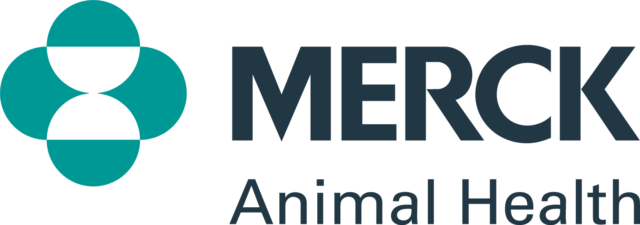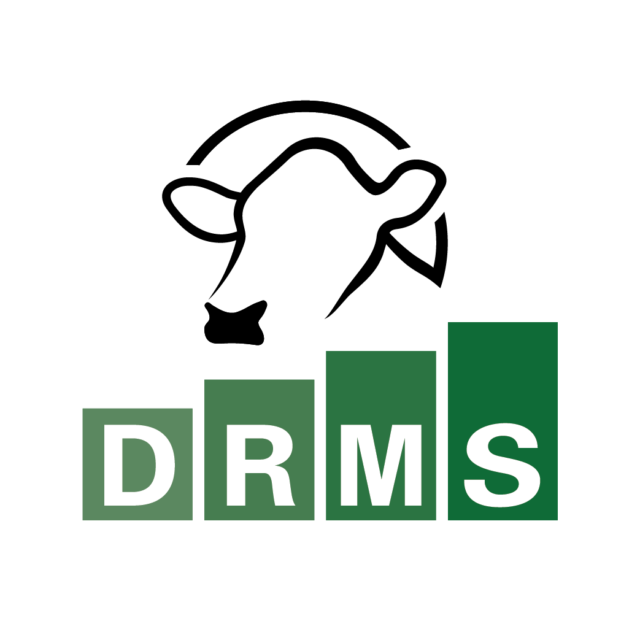If I had written a book predicting the past two years in dairy farming, it would have been coined as fiction. In addition to a global pandemic, nobody could have predicted the wild swings in commodities coupled with the challenges in weather.
As we know, the basics of dairy farming entail producing quality forages for a dairy cow’s ration so that she can optimize energy-corrected milk by producing a calf every 12 to 14 months. This should be the focus of dairy farmers and their teams.
As a dairy adviser, I wholeheartedly recommend that you challenge your own advisers to ensure you are covering the basics and exposing “Band-Aid solutions” costing you money. Do your herd management key performance indicators (KPIs) reflect the profit you want to see in your operation? For example, is your pregnancy rate high in addition to your culling rate, leading to too many heifers in inventory?
Strip it back down to the basics so you can hit the targets that consistently make you money and are worth continued investment. Many of us migrate to cutting costs when it comes to getting cows pregnant, but I urge you to use caution. Look at the basics of what influences cow fertility and ensure your system is built to do this; and if not, put effort into the areas that need reinforcement.
Basics of dairy cow reproduction
- Healthy animals have higher conception rates. When feeding in the transition cow period, be careful when removing components if this program is producing healthy animals.
- Animals fed a well-balanced ration reduce the risk of a deficiency that would steal pregnancies from your herd.
- Animals that are too fat or too thin have lower conception rates, and depending on the technology on your farm, they fail to cycle and release healthy eggs, which means there are fewer opportunities to breed the cow and achieve higher conception rates.
- The voluntary waiting period (VWP) has historically been 50 days in milk or 60 days because we want a 305-day lactation followed by the cow calving at 365 days. This gives us a 60-day dry period. The VWP is being challenged, as it should be. When challenging the VWP, keep the following in mind:
o The goal is to have all cows ready to breed at day 50, then you can choose when you want to breed cows on your farm. Do not let cows dry off with a body condition score greater than 3.5.
o The VWP should be an economic decision for the herd based on your milk price and input costs. The most profitable cows are those in the first 100 days in milk, then comes cows in the second 100 days in milk and the least profitable cows are more than 200 days in milk.
o When you provide a steady stream of fresh cows, this allows you to optimize your gross revenue. In recent years, operators have been looking at the persistency of cows and their herd. The more persistent the cows and the herd are, the greater the opportunity to review strategies. The key is to monitor cows that drop below the cost of production, as these cows need to be removed.
Reproductive performance
Pregnancy rates for both cows and heifers have been used as a tool to monitor reproductive performance for many years in North America. This tool is most helpful when:
- You apply the VWP that makes economic sense for your herd and potentially takes into consideration the persistency of your herd.
- Cows to be culled should be inputted as soon as the decision is made. This will improve the pregnancy rate, but it can also increase your turnover.
- Pregnancy rates of 25% or higher give you greater freedom to remove open animals. When the pregnancy rate falls below 25%, keep an eye on the insemination rate. Are you breeding cows according to the protocol, or is it the conception rate? Is it falling? Are you pulling too much of something out of the rations, and this is impacting the health or fertility of the cows?
- Culling rates should reflect another economic decision: how many heifers do you want to raise? If your culling rate is greater than 35%, make sure you understand the reason why. Voluntary culling results in more dairy sales and leaves you more in control. Involuntary culling usually results in more forced sales and lower income, greater losses.
- Heifers are the future and have more genetic potential, but third- to fifth-lactation cows fill up the bulk tank or tanker truck with fewer numbers.
With feed costs on the rise and energy costs at levels not seen in years, homegrown feed inventory also needs to go back to the basics. With all the effort of growing feed, every animal on the farm needs to meet new criteria. Heifer pregnancy rates must be analyzed to ensure that these cows are not just hanging out, eating your expensive feed.
Heifers are athletes in training. If they are working hard to grow in a healthy manner and are getting pregnant at a 25% pregnancy rate, you can remove open heifers much sooner. If your dairy herd is at a 25% or higher pregnancy rate with a 35% culling rate, you can stop breeding cows after 270 days in milk or the fourth insemination.
While there are many new sensors and breeding programs that your herd veterinarian, genetics adviser or technology company can speak to you about, don’t forget what you already know. Go back to the basics, review your system to get cows pregnant and monitor your numbers. Do the hard thing: Remove cows and heifers that are eating more feed than they are giving back or are potentially going to give back.
Stay tuned for a follow-up article where we’ll review the factors that influence conception rates and share how automated technology can help with reproduction management on your farm.







